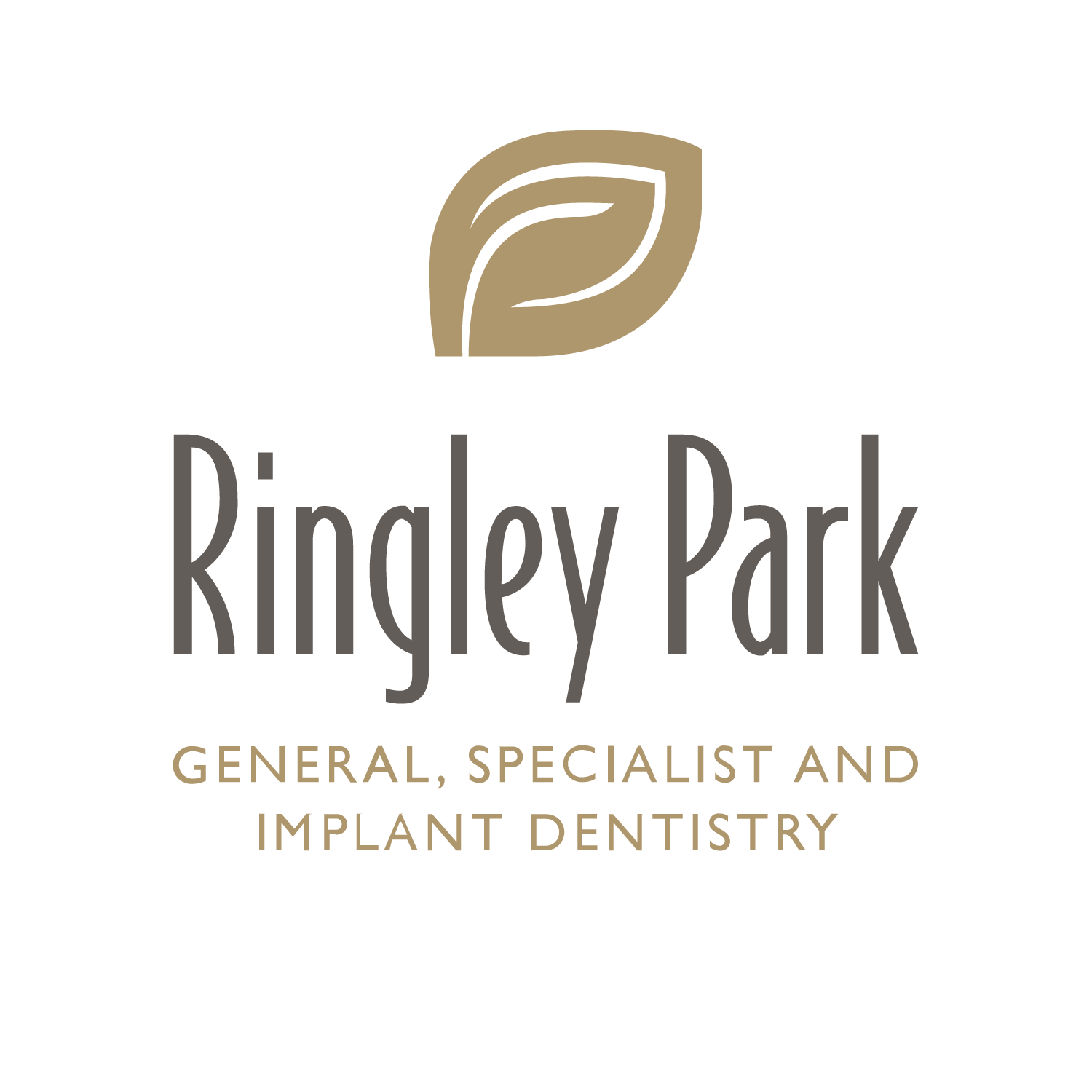We all know that diet affects our health, but we talk less about how the foods we eat impact our teeth. Yet, high sugar foods are a major contributor to tooth decay and poor overall oral health.
The obvious thing is to limit the amount of known sugary snacks and drinks, but in truth, there are other less obvious culprits in our cupboards. Breakfast cereals are one of those, and as a staple in ours and our children’s diets, it’s become a talking point.
Sugary cereals in the news
You only have to hear that a court recently ruled that Kellogg’s won’t be allowed to advertise sugary cereals in supermarket promotions to see the scale of the problem. If we look at the facts, sugary foods play a direct role in tooth decay and it is the number one reason for hospital admissions among young children.
Of course, eating too much sugar isn’t advisable for people at any age, not just to protect our teeth, but to look after our bodies in all ways. And although this is a widespread problem, it is a preventable one. The key is having the right information to empower you to make healthy choices for yourself and your family.
Making healthy choices
The spotlight is on breakfast cereals, despite it being only one of the sugary choices that fly under most people’s radar. It stands to reason that this is a good starting point however when we think that our breakfast is how we start our day.
Choosing low-sugar cereals and other breakfast foods will help to look after your teeth. To give you some inspiration, healthy, low-sugar breakfasts include:
• Porridge
• Weetabix
• Shredded Wheat
• Poached or scrambled eggs
• Sourdough toast and butter
• Avocado on sourdough toast
It’s important to note that every product has differing nutritional value, however, including types of bread. So always check sugar content and other important nutritional information before you buy.
Understanding food labels
Sometimes the products you buy have easy-to-understand labels to help you make informed choices, but not always. Add to this the issue of on-the-packet selling points such as “low in fat” or “high in fibre” and we find that shoppers are buying items without realising that the product is high in sugar.
If the product includes the colour-coded traffic light nutritional labelling system on the packaging, this helps, but it’s worth noting that companies are not required to provide this by law, and often don’t. In that case, taking a look at the nutritional details on the back can help.
Tools to help you
Luckily, some useful tools can speed up this process as you shop and provide accurate information to work from. The NHS Food Scanner app is one great example of a free app that reveals the nutritional (and sugar) content of the food in your basket, also suggesting healthier alternatives. All you need to do is scan the barcode to see all the information.
Further reading on healthy breakfast and other meal and snack ideas for kids can also be found on the NHS website. A lot of these can be adapted to the whole family too, with more available on BBC’s Good Food. Regardless of your age or preferences, there are healthy, low-sugar alternatives for your breakfast, and finding those can make all the difference to your long-lasting oral health.
Ensuring your oral health is in good order is essential to managing your overall wellbeing and detecting any problems early. To arrange your routine dental check-up contact us now.

